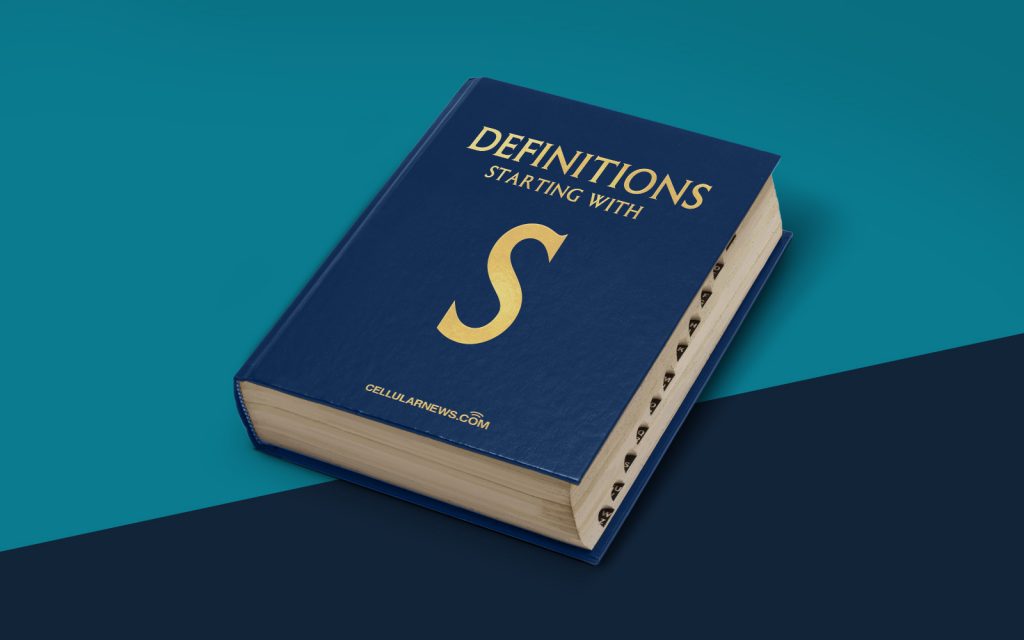
What is Smalltalk? A Definitive Guide
Welcome to the “DEFINITIONS” category on our page, where we provide clear and concise explanations of various terms related to software development, programming languages, and more. In this article, we’ll be delving into the fascinating world of Smalltalk, an object-oriented programming language with a rich history and a loyal following among developers. What is Smalltalk, and what makes it stand out in the vast landscape of programming languages? Let’s find out!
Key Takeaways:
- Smalltalk is an object-oriented programming language known for its simplicity and elegant design.
- It was created in the 1970s at the Xerox Palo Alto Research Center (PARC) and has influenced many modern programming languages.
Smalltalk was born in the 1970s at the Xerox Palo Alto Research Center (PARC), a hotbed of innovation where numerous groundbreaking technologies were developed. Created by Alan Kay, Dan Ingalls, and Adele Goldberg, Smalltalk set out to revolutionize the way we think about programming. The language was designed to be simple, expressive, and highly extensible, allowing developers to create powerful and flexible software systems.
But what truly sets Smalltalk apart from other languages? Here are two key takeaways:
- Object-Oriented Paradigm: Smalltalk pioneered the object-oriented paradigm, where data and behavior are encapsulated into objects. This approach promotes code reusability, modularity, and maintainability, making it easier to develop complex software systems. Smalltalk’s object-oriented model has influenced many popular languages, like Java, C++, and Ruby.
- Simplicity and Readability: Smalltalk was designed with a minimalist philosophy, prioritizing simplicity and readability. The language syntax is so clean and consistent that Smalltalk code reads like a natural language. This elegant design promotes developer productivity and makes it easier to collaborate on projects.
As the years went by, Smalltalk continued to evolve, inspiring the creation of various dialects and implementations. Today, there are several widely used Smalltalk implementations, such as Pharo, Squeak, and Amber.
Smalltalk has found its place in a range of domains, from educational programming to enterprise applications. It has been praised for its powerful development environment, which often integrates code browsing, debugging, and live programming capabilities. Smalltalk’s live programming features enable developers to make changes to the running code and see the results immediately, fostering a highly interactive and iterative programming experience.
In conclusion, Smalltalk is a language with a rich history and lasting influence on the world of programming. Its object-oriented paradigm and elegant design make it a favorite among developers who appreciate simplicity and expressiveness. If you’re looking to expand your programming horizons or dive into the roots of object-oriented programming, Smalltalk is definitely worth exploring!
